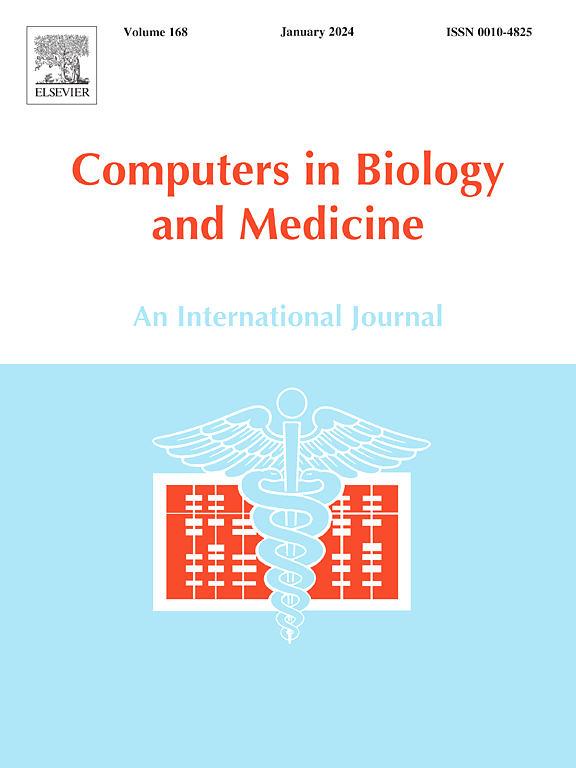精神药物的光降解:对疗效、安全性和药物性质的影响
IF 7
2区 医学
Q1 BIOLOGY
引用次数: 0
摘要
抗精神病药和抗抑郁药是基本的精神药物,用于治疗各种精神健康状况,如抑郁症、精神分裂症和双相情感障碍。然而,当暴露于光下时,这些化合物易被光降解,可能会改变它们的生物活性和安全性。本研究评价了13种精神药物的光产物的药代动力学和药效学性质。我们使用计算方法来预测光产物的生物活性、毒性和药物样性质。我们的研究结果表明,光产物如amisulpride_TP166、TP246、quetiapine_D4和quetiapine_PH1显示出与其母体化合物相似的增强的生物亲和力和ADME-Tox谱,表明它们与靶向受体相互作用可能具有治疗优势。然而,与它们的母体化合物相比,一些光化合物在与这些受体相互作用时表现出较低的预测结合亲和力,这表明可能失去功能。这些发现强调需要进一步研究药物光产物的效果和安全性,特别是在长期药物治疗的背景下。本文章由计算机程序翻译,如有差异,请以英文原文为准。

Photodegradation of psychotropic medications: Impact on efficacy, safety, and drug properties
Antipsychotics and antidepressants are essential psychotropic medications used for treating various mental health conditions such as depression, schizophrenia, and bipolar disorder. However, when exposed to light, these compounds are susceptible to photodegradation, potentially changing their biological activity and safety profiles. This study evaluates the pharmacokinetic and pharmacodynamic properties of several photoproducts derived from 13 psychotropic drugs. We used computational methods to predict the biological activity, toxicity, and drug-like properties of the photoproducts. Our results indicate that photoproducts such as amisulpride_TP166, TP246, quetiapine_D4, and quetiapine_PH1 show enhanced biological affinity and ADME-Tox profiles similar to their parent compounds, suggesting possible therapeutic advantages in their interaction with targeted receptors. However, some of the photocompounds exhibit lower predicted binding affinities when interacting with those receptors compared to their parent compounds, indicating a possible loss of function. These findings emphasize the need for further investigation into the effects and safety of drug photoproducts, particularly in the context of long-term pharmacotherapy.
求助全文
通过发布文献求助,成功后即可免费获取论文全文。
去求助
来源期刊

Computers in biology and medicine
工程技术-工程:生物医学
CiteScore
11.70
自引率
10.40%
发文量
1086
审稿时长
74 days
期刊介绍:
Computers in Biology and Medicine is an international forum for sharing groundbreaking advancements in the use of computers in bioscience and medicine. This journal serves as a medium for communicating essential research, instruction, ideas, and information regarding the rapidly evolving field of computer applications in these domains. By encouraging the exchange of knowledge, we aim to facilitate progress and innovation in the utilization of computers in biology and medicine.
 求助内容:
求助内容: 应助结果提醒方式:
应助结果提醒方式:


